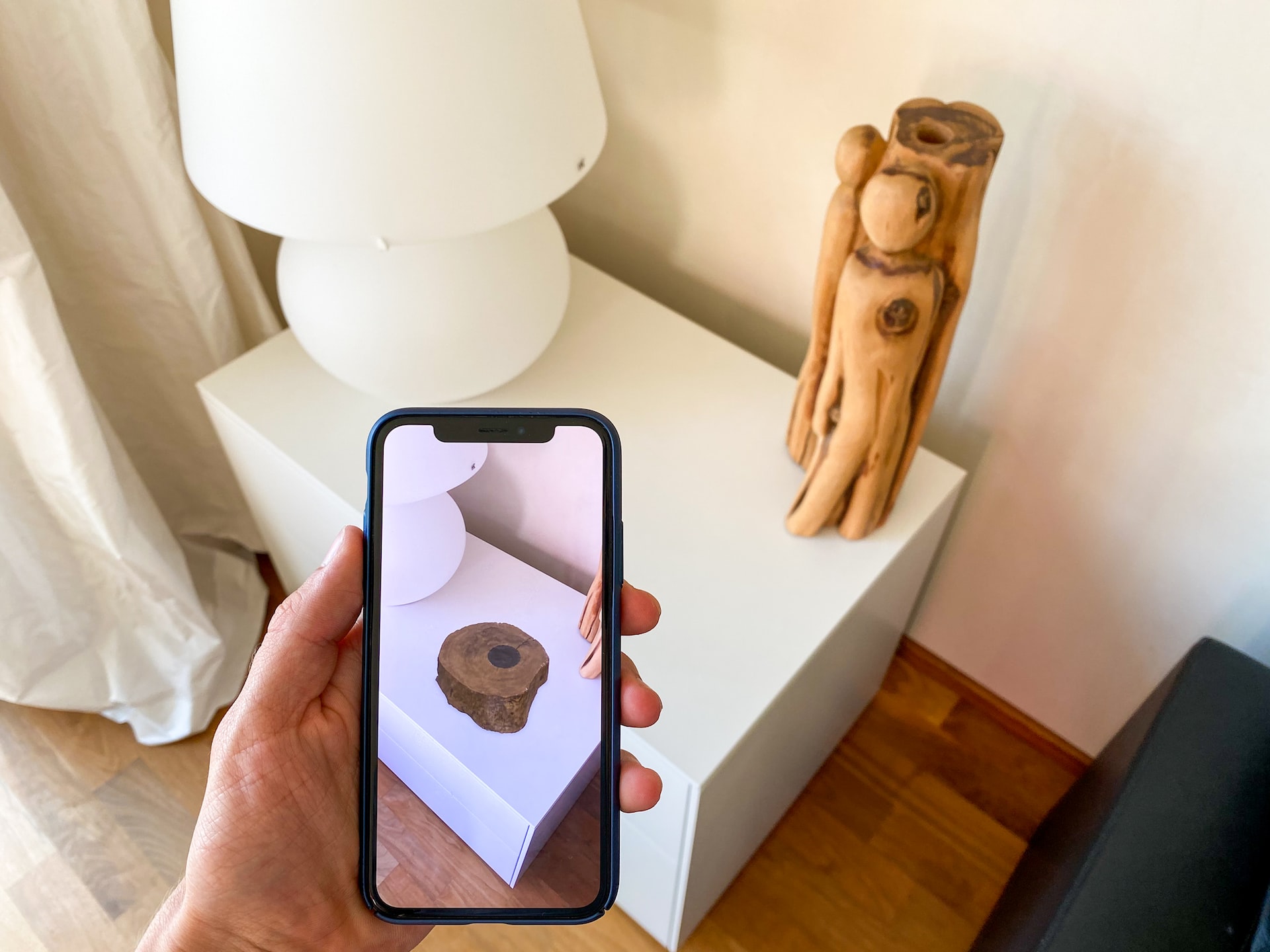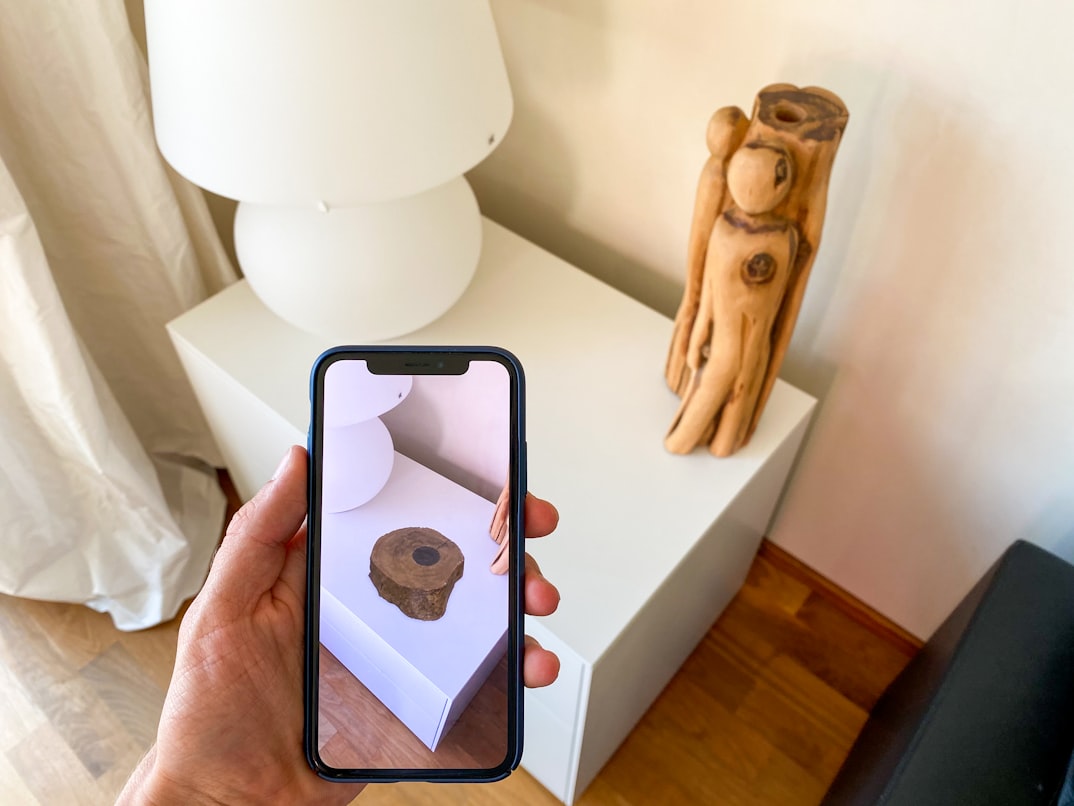The Rise Of Virtual And Augmented Reality: Applications And Implications

Virtual reality (VR) and augmented reality (AR) are technologies that are rapidly gaining popularity and have the potential to revolutionize the way we interact with the world. VR is a fully immersive experience where the user is placed in a computer-generated environment, while AR enhances the real world with computer-generated elements.
The current state of development
VR and AR technology have been around for decades, but recent advancements in technology such as smartphones and gaming systems have made it more accessible to the general public.
Many companies, such as Oculus, HTC, and Microsoft, have developed VR and AR systems for gaming and entertainment. Additionally, the military and healthcare industries are also exploring the use of VR and AR for training and therapy.

Applications of VR and AR
VR and AR have a wide range of potential applications, some of which include:
- Gaming and entertainment: VR and AR can be used to create immersive gaming and entertainment experiences.
- Education and training: VR and AR can be used to create simulations for training in fields such as medicine, engineering, and the military.
- Architecture and design: VR and AR can be used to create virtual walkthroughs of buildings and designs, allowing architects and designers to showcase their work in a more interactive and realistic way.
- Therapy and rehabilitation: VR and AR can be used to create virtual environments for therapy and rehabilitation, such as for patients recovering from physical or cognitive injuries.
- Retail and marketing: VR and AR can be used to create virtual showrooms and shopping experiences, allowing customers to explore products in a more interactive way.
Implications of VR and AR
The rise of VR and AR technology also has implications for society and the economy. Some potential implications include:
- Job displacement: As VR and AR technology becomes more prevalent, some jobs may become automated and lead to job displacement.
- Social isolation: Heavy use of VR and AR technology may lead to social isolation and disconnection from the physical world.
- Privacy concerns: VR and AR technology raises concerns about privacy as it can be used to collect data on users and their movements.
- Impact on mental health: VR and AR technology can have an impact on mental health, such as causing motion sickness or disorientation. It’s important to use it in a moderate and healthy way.
Conclusion
The rise of virtual reality (VR) and augmented reality (AR) technology has the potential to revolutionize the way we interact with the world. From gaming and entertainment to education and training, the applications of VR and AR are vast and varied. However, as with any new technology, there are also implications to be considered. The increasing use of VR and AR technology may lead to job displacement, social isolation, privacy concerns, and potentially negative effects on mental health.
It’s important to be aware of these potential implications and to use VR and AR technology responsibly. As the technology continues to evolve, we can expect to see more VR and AR applications and services and increased integration of VR and AR technology into our daily lives.





